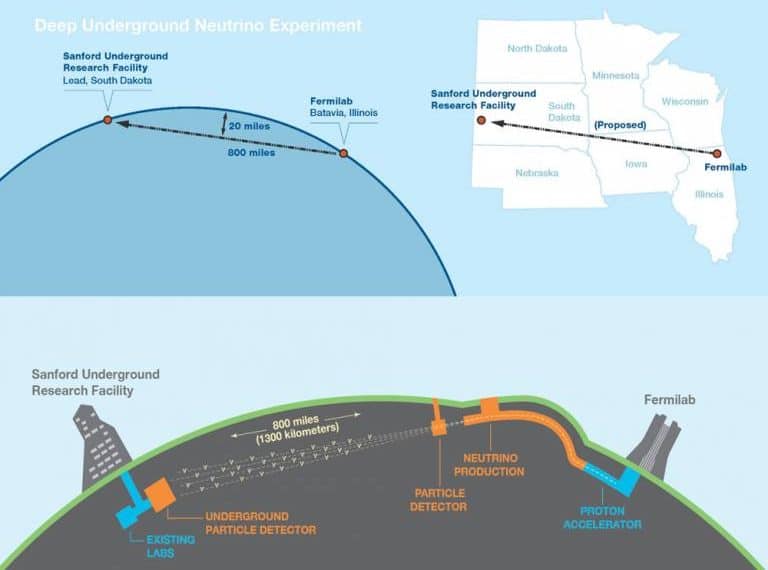PIP-II
At the Fermilab DUNE (Deep Underground Neutrino Experiment) project, the U.S. Department of Energy plans to collaborate with top energy scientists from around the world to send the world’s most powerful neutrino beam to a sister station at SURF (Sanford Underground Research Facility) around 1,000 miles away through the Earth. This experiment
Latest Posts





